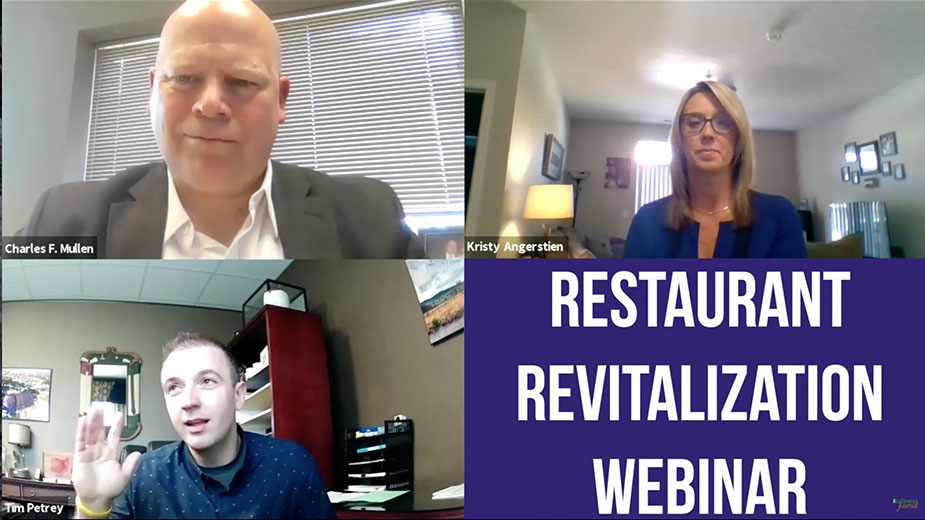Panelists Discuss Supply Chain, Logistics and the ‘New World’ of Business
YOUNGSTOWN, Ohio — Since the start of the coronavirus pandemic, the global supply chain and logistics have been disrupted. But the disruption didn’t start there.
According to Mousa Kassis, director of the Ohio Small Business Development Center Export Assistance Network at Youngstown State University, tariffs implemented by the Trump administration impacted the global supply chain during the last three months of 2019. In those three months, shipping containers coming from the east have dropped consecutively 18%, 20% and 19%, he says.
“Now, move into the coronavirus and it did add to this situation tremendously,” Kassis says. As a result, shipping by water has become more expensive, increasing to nearly $5 per kilogram up from about $2.10 per kilogram, he adds. Air shipping has also increased.
“So now, a 777 coming from the East, sometimes it costs $1 million carrying 100 tons of products,” he says.
Kassis offered his insights into the current state of the global supply chain during the “Survive, Adapt, Transform: Doing Business in the New World” panel discussion on July 1. It is the fourth installment in a series sponsored by First National Bank of Pennsylvania.
He was joined by FNB Corp. Director of International Banking Services George Holt, and Chris Colella, FNB’s senior vice president and commercial banking team leader.
Increased costs have resulted in fewer vessels transporting goods to other countries, Kassis says, thus creating some uncertainty in some products being delivered on time. Most important, this has led to trade protectionism.
“There are about more than 23 countries that impose trade restriction on their products, including the United States for shipping overseas,” he says.
The disruption has led to an “overall shift in attitude” on the idea that the supply chain was “completely resilient,” Holt says. It’s also led many consumers to stop consuming certain goods altogether over fears of infection as well as their ability to purchase the goods.
The pandemic and resulting trade negotiations have led many companies to rethink the supply chain, which he says is backlogged more than it’s frozen.
“Obviously, the increase in the global unemployment rate has impacted consumption, and we’ve also created a really significant dependence e-commerce now,” Holt says. “So that has heightened the need for a continuous supply chain, which has only created more stress on the supply chain.”
As states work to reopen the economy and industry works to get the supply chain back on track, the issue over tariffs remains unresolved. Even with the United States – Mexico – Canada trade agreement in effect since July 1, there is still a possibility for a 10% increase in aluminum tariffs on Canada, Kassis notes, which continues to create uncertainty.
For regional businesses, particularly manufacturers, navigating the pandemic and the tariffs has posed a “significant challenge,” says FNB’s Colella. However, with respect to the tariffs, the bank’s clientele did a good job managing around it. If the tariffs impacted a manufacturer’s bottom line or cost of goods, “they would kind of maneuver around that and try to pull those goods in from other countries where the tariffs were not as impactful,” he says.
“So, within the region that we see here in our Cleveland region and across FNB’s footprint, manufacturers last year started sourcing other vendors to meet their supply chain of the products that they were providing,” Colella says. “I think that provided a good foundation for them and helped them when COVID hit.”
But uncertainty is the underlying issue, he allows, and COVID exacerbated that.
For more insights on the current state of the global supply chain and what the future may hold, watch the video posted above.
Other Survive, Adapt, Transform installments include:
- Don’t Waste a Crisis
- What Happens When Someone Gets Sick at Your Company?
- PPP Forgiveness and Tax Implications
Copyright 2024 The Business Journal, Youngstown, Ohio.


